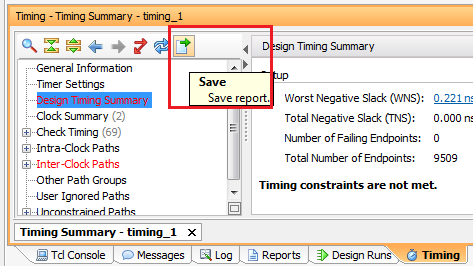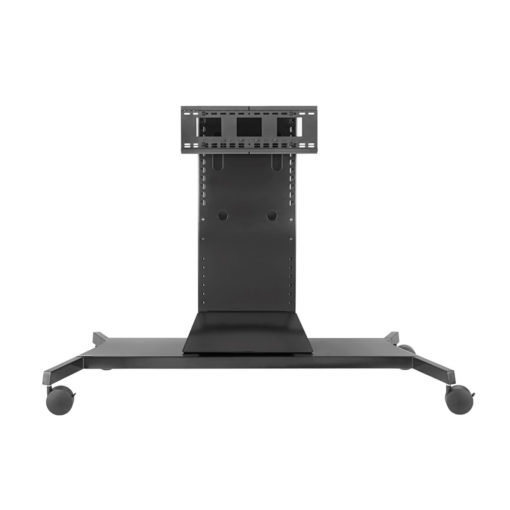
To accomplish this you must loop over all sections, and all controls in each section, to find the desired control. Finding controls, in reports or sub reports, is much more difficult than in Crystal. The second method is to load the report, using one line of code, from the rpx file. You initialize it, set it to new and run a show sub routine to display it. One is to treat the report as an object like you would a form. Because of the differing philosophies in reporting, Active Reports offers two different ways to open a report.

Initializing reports and sub reports is quite simple. The redistributable files required are minimal both in numbers and in size.
#Rpx report file stands for code
I believe that there are licensing issues whereby this type of code would require a licensing payment for each installation of the end software.Īctive Reports provides a similar API for manipulating reports using code. One of the things that is limiting is the ability to programmatically add and move controls to a report. Loading a report into memory is as simple as a passing the filename to the appropriate property. The API also supports extensive use of embedded objects to allow you to reference an item without having to set it to a variable first. There is no need to know the section that the control exists in as all are returned to you in a report-wide collection. Finding data, label or formula fields in a report or sub report can be accomplished through on line of code. The object model is quite easy to understand and the model has structural depth where appropriate. This will provide you with the entire report object model. The Crystal Reports API is referenced, in non-.Net environments, by using the craxdrt.dll file. The code behind in Active Reports provides you with an event driven coding arena to fine tune the display of the report (more on this later). rpx reports require the use of the ActiveX viewer control, from within a compiled application, to display the report.īecause Crystal Report files are 100% self contained, there is no code behind module to be used whereas in Active Reports there is. Active Reports have opted not to provide this functionality.

All they have to do is double click on the report and voila, it displays. The end user does not even need an application to do this. rpt files that only require the Crystal Engine to execute. Since I’d done similar projects with Crystal, I thought it would be right for me to document differences, troubles and opinions on both.Īctive and Crystal Reports have taken very different philosophical paths in their execution of reports on the development side of things.Ĭrystal Reports are self contained. Recently I took a new job and my first task was to design and code a reporting module using Active Reports. During that time I listened to my co-workers grumble about it and, on occasion, participated myself. For the past 4 years I have worked extensively with Crystal Reports v7, 8.5 and 9. So, if exporting data to Excel is a requirement of your project, stay clear of Active Reports.įinally I have gotten around to writing this. In complete contrast, I have never once had a problem with the export functionality of Crystal Reports. In addition, once the export had completed, the XLS file generated was unreadable. Larger and more complex reports would effectively freeze the computer. When exporting the data to XLS, a 2 page report was taking in excess of 30 seconds to save. I created a simple listing report consisting of approximately 5 columns of data with no summaries or groupings. Unfortunately, XLS exports are the polar opposite.

#Rpx report file stands for pdf
The PDF export works fine and has never once caused me any concern. Active Reports offers the ability to export reports to PDF and XLS formats. One of the things I’ve since found, while using Active Reports, is a very poor implementation of exporting reports. This blog post is from 2005 and has not been updated for newer versions of these products.


 0 kommentar(er)
0 kommentar(er)
